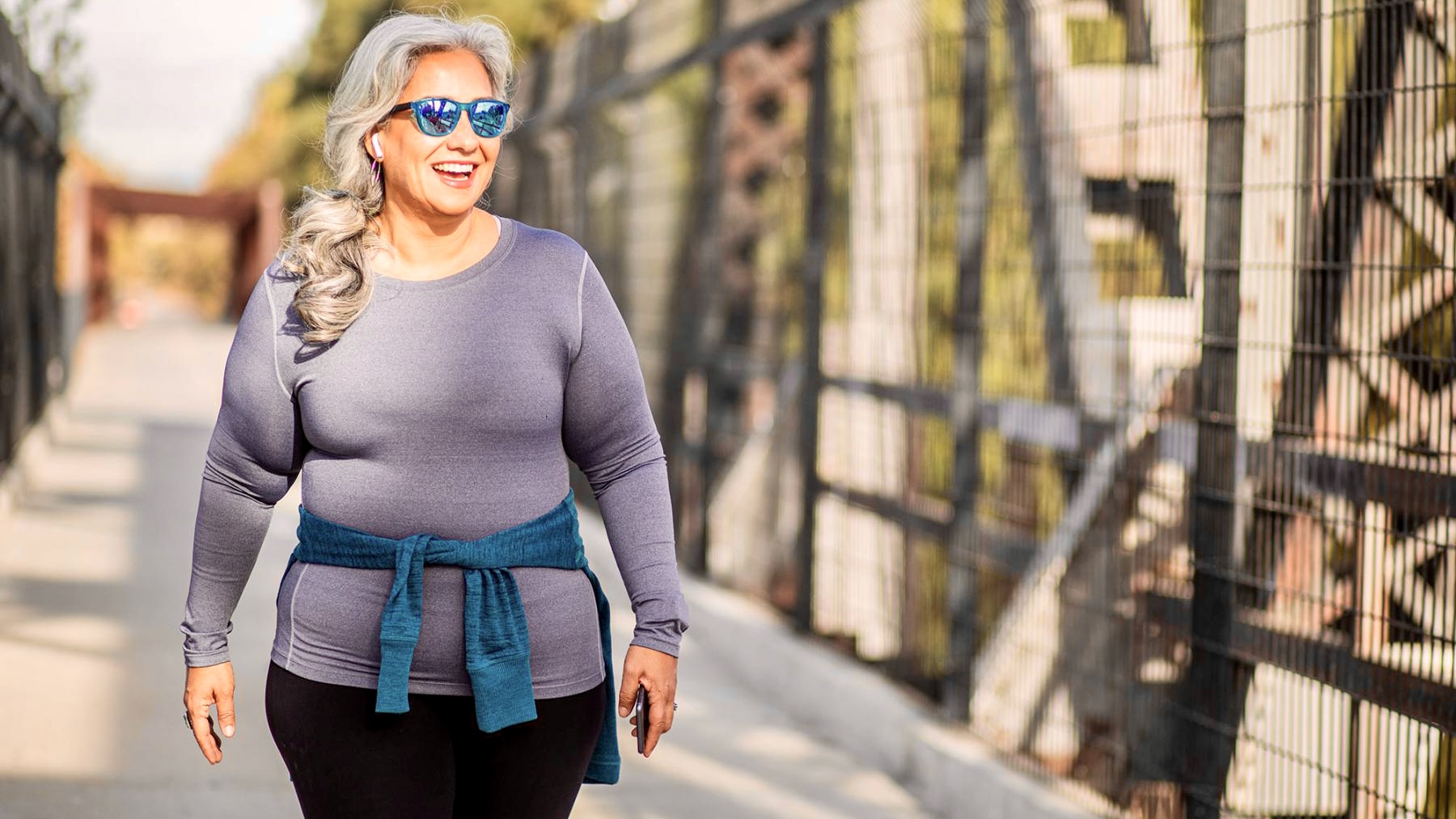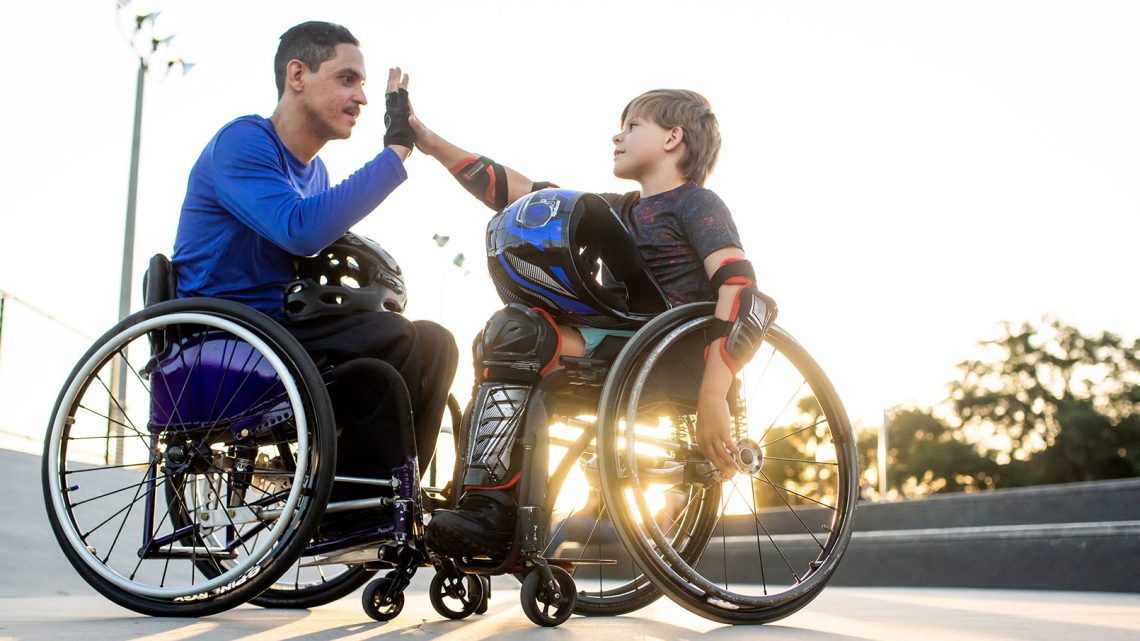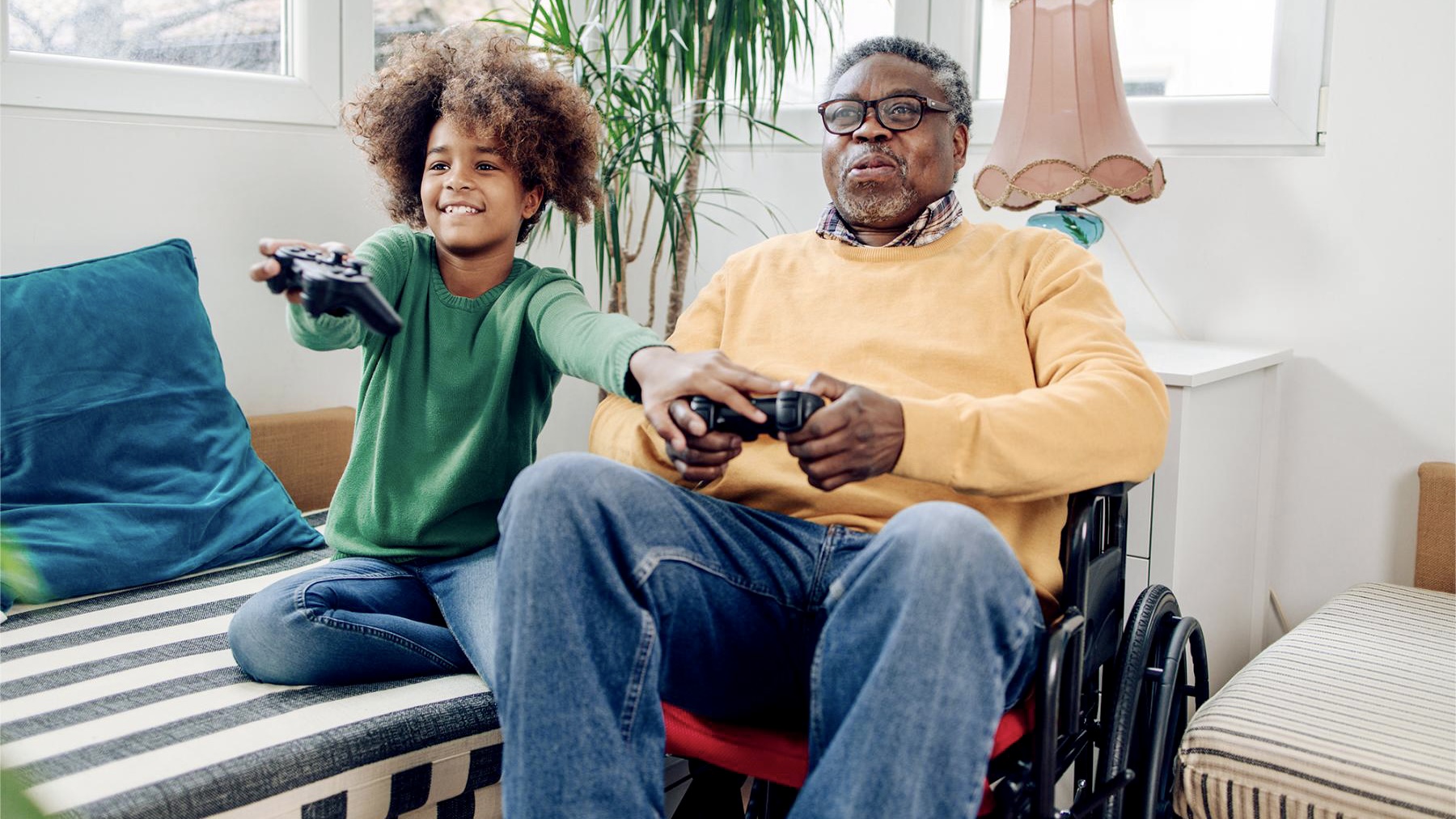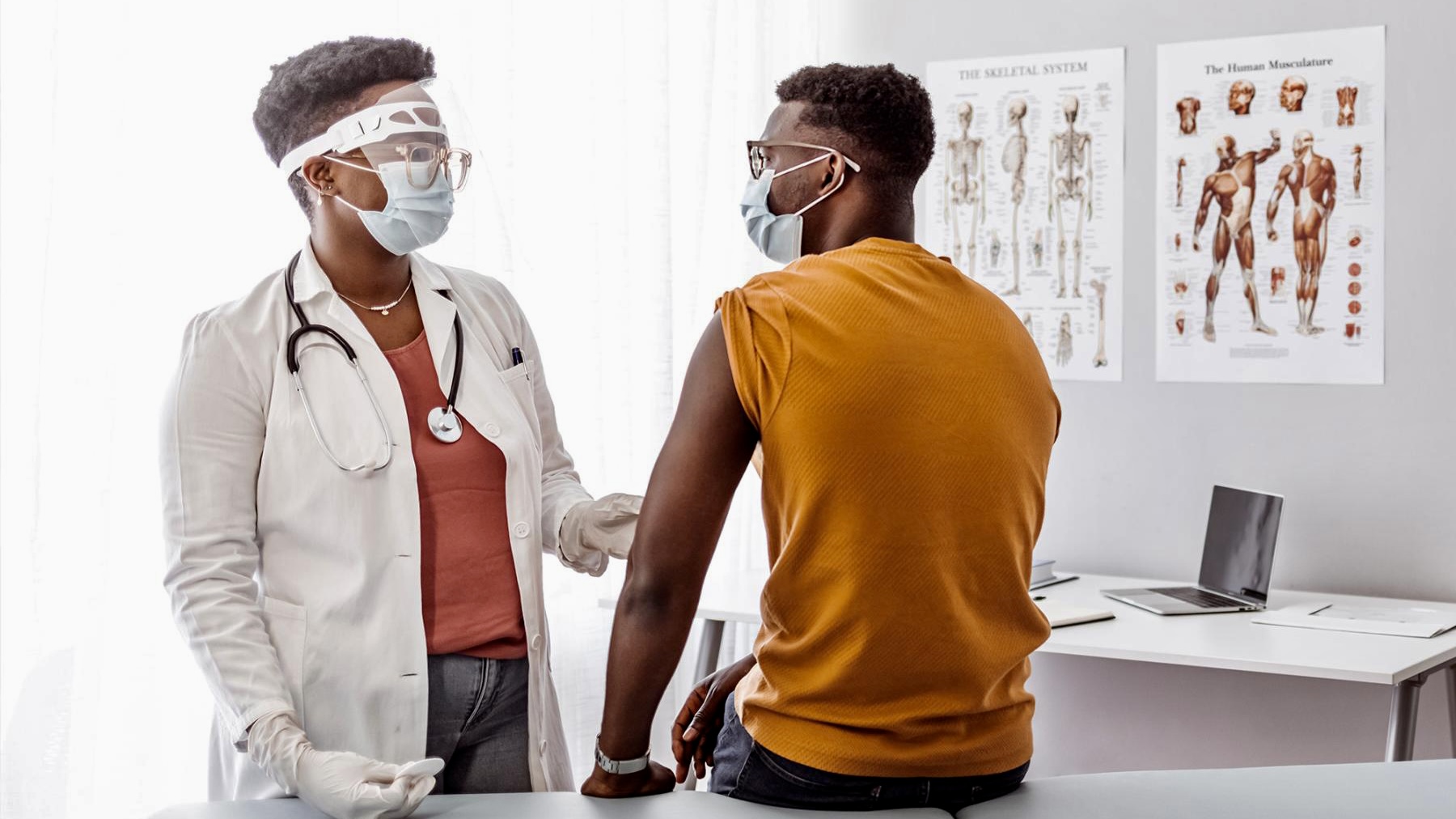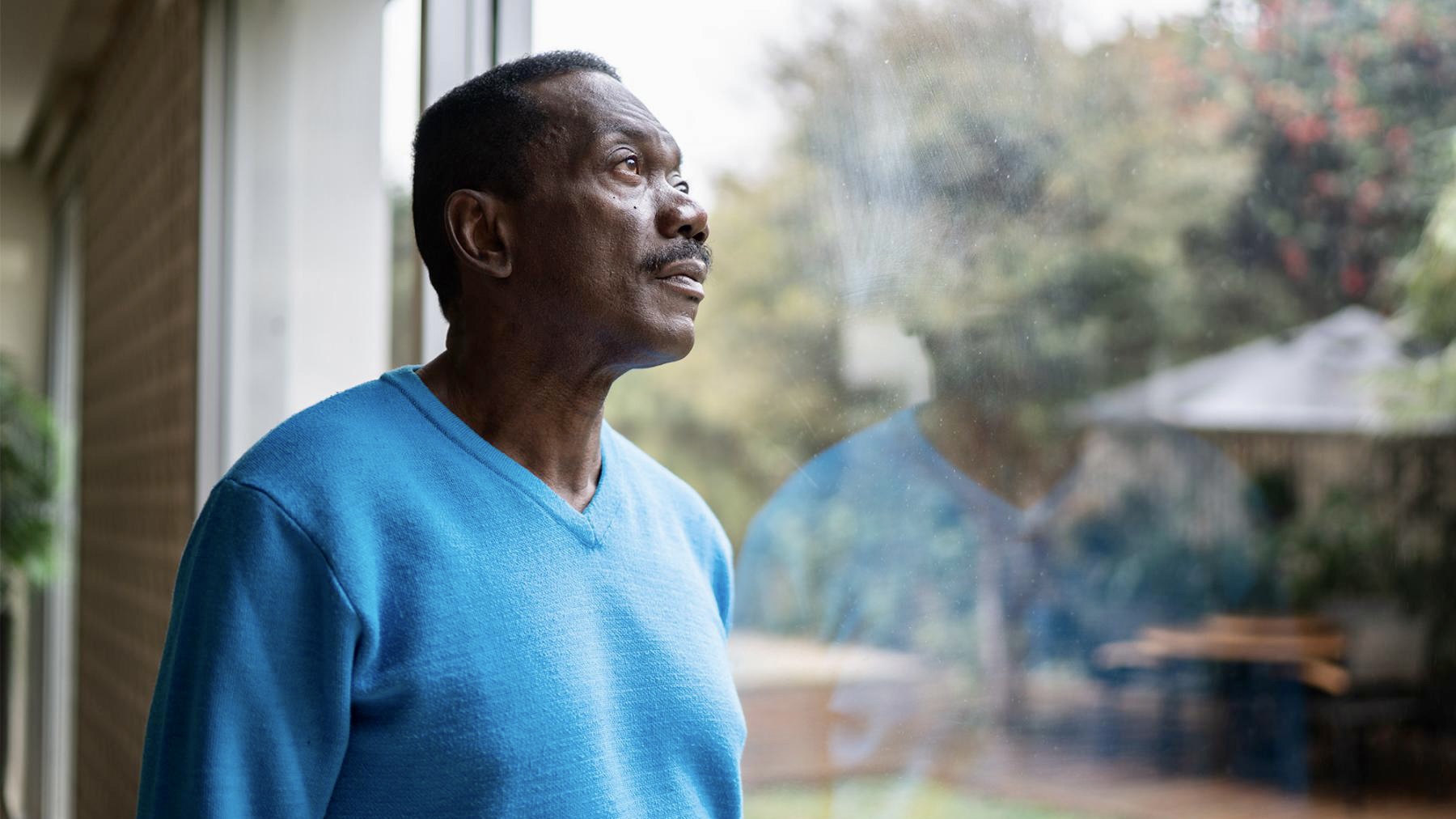By AdventHealth — Oleg Kostyuk, a religious studies professor at AdventHealth University, told the story of encountering a woman on Ukraine’s border with Romania. She had fled Odessa, her life packed into two carry-on suitcases. The thing she would miss most, she told him, was not her home but rather the ability to visit the graves of her husband and son. Kostyuk and his wife, Julia, a family nurse practitioner, visited AdventHealth’s Global Missions office in Altamonte Springs, Florida, recently to share the hope – and heartbreak – they experienced during their six-day visit to their war-torn homeland to deliver “seven huge suitcases” of medicines and supplies.
“The war brings the best and the worst in humanity,” Oleg said. “We saw many people where the best was shining through in them. People are filled with love, joy, in spite of everything, and hope in peace.”
The Kostyuks’ efforts are among a growing list of those that have taken place since the war began in February. As the war has continued so has AdventHealth’s ongoing support of the relief efforts in Ukraine. So far, more than 2,200 people have contributed over $230,000 via payroll donations from AdventHealth team members and through the Global Missions website. Team member donations helped buy and equip three vans for use as mobile clinics in March. Global Missions continues to put funds raised to work helping cover the cost of medications and other needed medical supplies.
Donations also have allowed AdventHealth to provide direct relief to refugees for food and other necessities, working through partners on the ground in Ukraine.
“AdventHealth is not a disaster-response organization and yet when things like this happen, we get involved,” said Monty Jacobs, director of Global Missions. “When I got word that Julia and Oleg were going to be traveling to Ukraine and that they needed medications, it was a real easy decision to be able to say, ‘Hey, is there any way we can help?’ And let’s help source some of those medications that are so desperately needed.”
Others who have sought support from Global Missions to aid in their humanitarian missions to Ukraine include:
- Central Florida Rabbi Steven Engel from the Congregation of Reform Judaism, along with other rabbis from around the globe, traveled to Poland, where the group delivered much-needed medications – including antibiotics, medicines for diabetes and depression, vitamins and children’s medications – to the Jewish Community Center on the Ukraine-Poland border.
- A group of Central Florida pastors left recently to deliver medications to Angelia Clinic. A part of the Seventh-day Adventist health network, the clinic has split operations between its original location in Kyiv and the western city of Chernivtsi.
- Erika Havelka is an emergency medicine physician who, as part of her group, works with AdventHealth’s Great Lakes Region hospitals. Dr. Havelka helped facilitate the collection and shipment of donated medicines and supplies for a global response group she’s long been involved with, the Interstate Disaster Medical Collaborative. The medications, along with some hazmat suits that were no longer being used, were intended for Ukraine hospitals where IDMC partners are working.
Leo Ostapovich, a hospitalist for AdventHealth Hendersonville and a native of Ukraine with his own refugee experience, said he felt compelled to go to Ukraine shortly after the war started. When he informed others of his intention, he found support through AdventHealth’s Mission Trip Scholarship program.
“Since we have this resource, I was able to get this scholarship opportunity to Leo and help provide monetary funds to help him travel to Ukraine,” said Carissa Frank, clinical mission integration manager of physician services. “Additionally, I worked with our administration, materials management department and pharmacy to approve and donate medical supplies and medicine to the Ukrainian refugees and local hospitals.”
On Saturday, May 21, AdventHealth team members joined other Celebration-area churches and community volunteers at a food-packing event at AdventHealth Celebration’s Nicholson Center. That day’s effort will provide 200,000 meals for Ukrainian refugees.
In addition to supporting relief efforts in Ukraine, the Global Missions team has longstanding working “footprints” in 12 countries – the latest of which is Paraguay – as well as its continuing support of the heroic work the Angelia Clinic in Ukraine is doing to provide free care to all who are in need of its life-sustaining services.
“We expect to be involved in helping Ukraine for a long period of time,” said Jacobs.
Perhaps the most poignant reminder can be found in the words of Julia Kostyuk: “Even if we’re an ocean away, we can make a difference. We can help save lives.”
To view the video of Leo Ostapovich’s conversation with Victoria Dunkle, director of communications for AdventHealth Hendersonville, click here.
To find out more about AdventHealth Global Missions and to donate to ongoing relief efforts in Ukraine, click here.
–AdventHealth; photos supplied
This article was originally published on AdventHealth’s website





